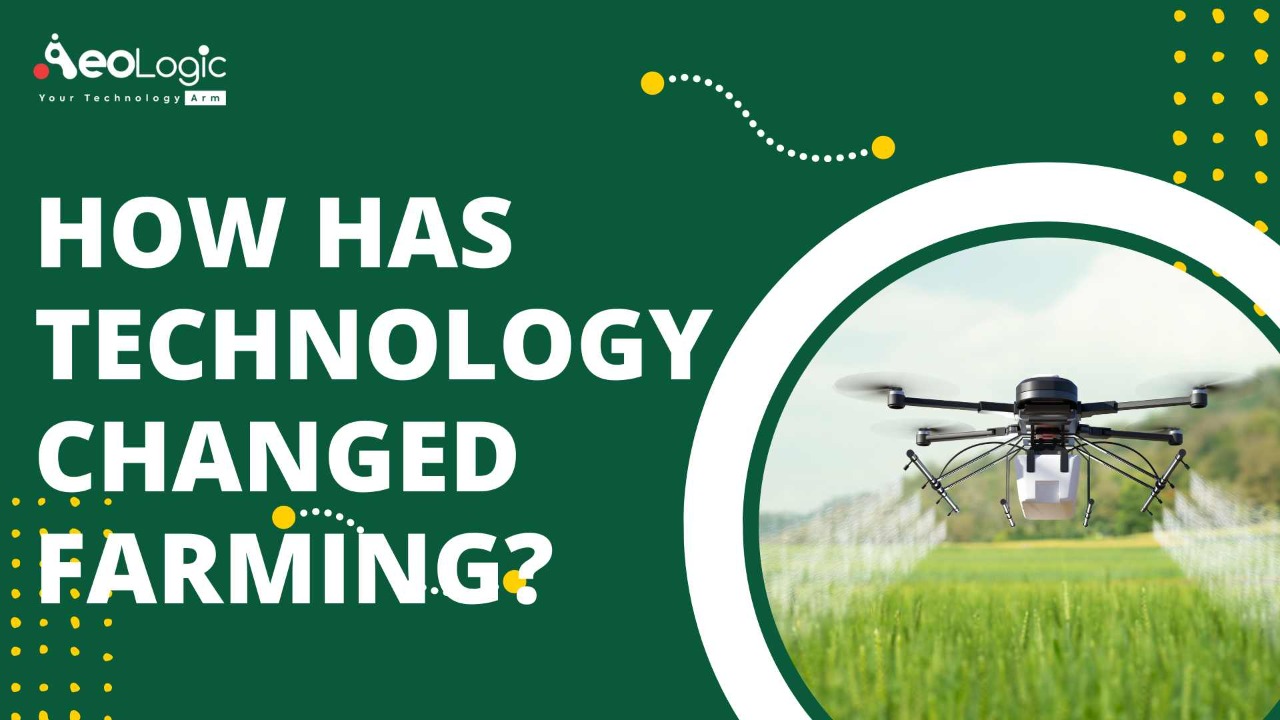The agriculture industry has significantly transformed over the past 50 years. Advances in machinery have increased the scale, speed, and productivity of farm equipment. Hence, leads to more efficient cultivation of more land. Seed, fertilizers, and irrigation also have greatly improved. Ultimately helping farmers increase yields. Present day, agriculture is in the early days of yet another revolution. It is at the heart of which lie data and connectivity. Technology in farming is enhancing the production of crops. Artificial intelligence, connected sensors, analytics, and other emerging technologies could further escalate yields and improve the efficiency of water and other inputs. As well as build sustainability and resilience across animal husbandry and crop cultivation.
Challenges in Farming
With the increasing population, there is an increase in demand for food. At the same time, the supply side is facing limitations in farming and land inputs. However, the industry faces two major obstacles. Some regions lack the essential connectivity infrastructure, making the development of it paramount. In regions that already have a connectivity infrastructure, farms have been slow to arrange digital tools. It is because their effect has not been sufficiently proven.
Moreover, the COVID-19 pandemic has further increased other challenges agriculture confronts in five areas. These are efficiency, resilience, digitization, agility, and sustainability. Lesser sales volumes have pressured margins. This exacerbates the requirement for farmers to contain costs further. Gridlocked global supply chains have stressed the importance of having more local providers. Since it could augment the resilience of smaller farms. In this global pandemic, heavy dependence on humans has further affected farms. Moreover, the workforce is already facing mobility restrictions. In short, the crisis has highlighted the importance of more widespread digitization and automation.
Also read: How AI is Transforming the Agriculture Industry
Let’s take a look at a few of the ways technology has changed farming.
1. Monitoring and controlling crop irrigation systems via smartphone
Technology in farming has improved the method of yielding crops. For instance, Mobile technology is playing a vital role in monitoring and controlling crop irrigation systems. With the introduction of this modern technology, a farmer can regulate his irrigation systems from a phone or computer instead of driving to each field. Moisture sensors fixed on the ground can communicate information about the level of moisture present at certain depths in the soil.
2. Ultrasounds for livestock
Another technology in farming is the use of ultrasound. It can be used to identify the quality of meat. It can be found in an animal before it goes to the market.
DNA testing facilitates producers to recognize animals with good pedigrees. As well as other desirable qualities. This information can also be used to help the farmer to enhance the quality of his herds.
3. Use of mobile technology and cameras
Some farmers and landowners use apps like ‘Foursquare’ to keep eyes on employees. Also, they set up cameras around the farm. Livestock managers are mounting cameras at their barn feedlots and pastures. These send photographs back to the central location like an office or home computer. They can keep a tab on the animals when they are away or at home for the night.
4. Crop Sensors
Crop sensors help apply fertilizers in a very effective manner, maximizing uptake. They sense how your crop is feeling and decrease the potential leaching and runoff into groundwater.
Crop sensors tell application equipment how much to apply in real-time. Rather than making a prescription fertilizer map for a field before you go out to apply it. Optical sensors can sense how much fertilizer a plant may need. It is based on the amount of light reflected in the sensor.
Also read: How Technology Is Boosting the Agriculture Industry
Conclusion
Nearly everyone working on the future of modern agriculture is focusing on productivity. A wide range of technology in farming will allow the movement of modern agriculture in the field. Some technologies will need to be developed particularly for agriculture. However, other technologies which are already developed for other areas could be adapted to the modern agricultural arena. Such as artificial intelligence, autonomous vehicles, and machine vision.
If modern agriculture is applied greatly shortly, millions of farmers will be benefitted from the achievement of real-time farm information.
We’re collectively marking the next milestones with every step forward in an unfolding history of innovation we can all be proud of. If you also want to restructure your farming business with technology, connect with us at Aeologic Technologies.
FAQs
Suggest a few ways in which technology is changing farming?
AI, machine learning, automation, crop sensors, mobile technologies, drones, and cameras are the few technologies that are changing farming.
How has technology helped in farming?
Technology in farming affects many areas of farming. Such as pesticides, seed technology, fertilizers, etc. Genetic engineering and Biotechnology have resulted in pest resistance and improved crop yields. Mechanization has led to efficient tilling, harvesting, and a decrease in manual labor.









